Four Masters of Wine are set to judge the new Excellence in Restaurant Wine programme for the first time, at the of the India Wine Awards 2018. One of them, Richard Hemming MW tells us what to expect…
Sonal Holland MW is a woman on a mission: a mission to put a glass of wine in every discerning Indian drinker’s hand. And in the process, to educate, to encourage and get the good word about wine in India out there.
It’s not an easy project.
Often during our chats, Holland has referred to what she sees as major tasks ahead of her. India has several advantages: a country with a wine culture in its infancy but growing steadily, a developing wine industry intent on forging ahead, and a vast number of wine newbies eager to learn more about wine. Then there are downsides to this picture – high taxation and a preference for spirits being some of them. However, in the final analysis, everyone agrees there is enormous scope for the growth of wine in India.
Last year, the maiden edition of the India Wine Awards saw many Indian producers rewarded, importers applauded and good wine appreciated – Indian wines as well as wines imported into India. There was euphoria all around for a job well begun.
But that was only the first step.

Richard Hemming MW will judge the India Wine Awards Excellence in Restaurant Wine programmes section this year
So this year, for the Indian Wine Awards be held in September 2018, Holland decided to up the ante with an additional section; the Excellence in Restaurant Wine Programmes has been instituted to recognize and reward all those food and drink establishments which promote the cause of wine in the three metro cities, Mumbai, Delhi-NCR and Bengaluru. This section will crown restaurants whose wine lists offer interesting selections, are cuisine-appropriate and appeal to a wide range of wine consumers. It will also recognize restaurants with good practices such as well-trained, competent wine staff or sommeliers and which have hosted wine events that promote a positive culture in its markets.
“With so many food awards in the country, we thought it was time to put the focus on wine and recognise F&B establishments for their positive efforts in promoting the wine culture in their respective markets,” says Holland, “Consumers’ interest in enjoying a good glass of wine along with their meals at restaurants is increasingly ever so rapidly, and we believe that the India Wine Awards Excellence in Restaurant Wine Programmes will serve as a wake-up call for restaurateurs to understand how important their wine lists could and should be.”
Absolutely.
To add truckloads of credibility to the task at hand, she roped in four MWs from around the globe to form the independent panel for judging this award section, even as she recused herself: Richard Hemming MW (UK), Tan Ying Hsien MW (Singapore), Andrea Pritzker MW (Australia) and Victoria Burt MW (UK). All from countries with very developed wine cultures and boasting of restaurants and bars with exciting wine lists. This would be a first: Indian restaurant wine lists would be judged as per international standards.
As I wanted to understand their approach to this, I asked Holland to connect me with one of the judges ahead of the judging. She did, with Richard Hemming MW.
Hemming, who became a Master of Wine in 2015, is a familiar name for subscribers of JancisRobinson.com, a website he has been writing for, for over 10 years. Among a slew of achievements, he has been a judge at the Decanter World Wine Awards for several years and has also won the prestigious Louis Roederer Online Communicator Of The Year award in 2017. He writes on wine with flair and more than a dash of humour. Some of his most fun wine writings come under a column engagingly entitled Hemming’s Spittoon (https://www.jancisrobinson.com/articles/wine-eggs-and-the-tyranny-of-choice).
Read on.
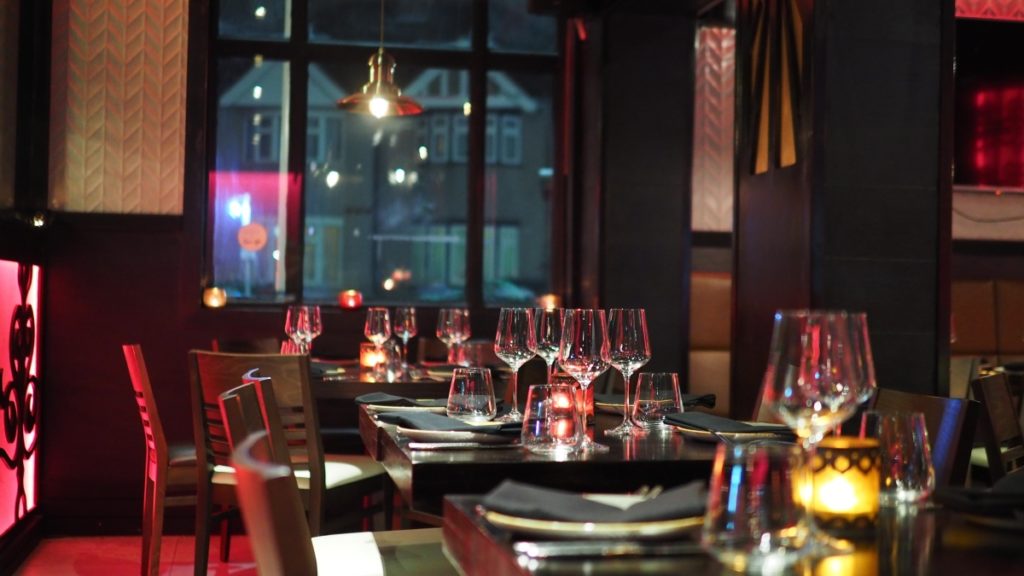
Hemming believes that “reducing the intimidation that wine can evoke” is critical to a developing wine culture like India’s
What, to you, epitomizes a really good wine list? Size is not the only factor, I’m sure.
In fact, larger sizes can often be a negative. The biggest wine list in the world (in Macau) has 16,800 wines – far too many to choose from! Instead, it is better to have something that represents a careful selection from all the main regions and styles of wine around the world, as well as some more esoteric selections. Ideally, you should get a sense of the personality of the sommelier or wine buyer from the selection, and the way it is presented. A great wine list might only have 50 wines – or even fewer.
In a country where the wine culture is still fairly new for the general public, yet there are more than a few connoisseurs to cater to, as well as international visitors, what thoughts should a restaurant keep in mind when it puts together its wine list?
It’s important to pick the right brands – those which have a recognition factor for less well-informed consumers, but which are well respected by connoisseurs. This isn’t always easy, but it is definitely possible. Also, providing the right level of information is crucial – accessible, useful and concise information in plain English with minimal jargon.
If you had to pinpoint a single factor (or a few) which might help drive the popularity of wine in India, what would that be? What, to your mind, might be its unique challenges?
Perhaps if Indian cricketers started to promote wine in India it would make a big difference! Or featuring wine in Bollywood films, maybe? Also, reducing the taxation on wine in India is crucial to make it more affordable. Finding a way to make wine fit into the cuisine, lifestyle and drinking habits of India is not straightforward – imitating the European model (where a bottle of wine is normal with meals every day in the evening – and sometimes at lunchtime) is not necessarily going to work. As wine consumption grows in India, I think it will evolve into a natural fit with Indian culture. And of course, it helps that there are experts such as Sonal to provide leadership!
And what would you consider are the biggest challenges a restaurant might face as it attempts to popularize wine in India? And ideas on how to handle these challenges? What are the biggest no-no’s when putting together a wine list?
The biggest challenges for a restaurant trying to popularize wine are the same all around the world – a lack of consumer understanding. The ultimate goal is not to create a nation of MWs, but to reduce the intimidation that wine can evoke by presenting wine casually, making it as affordable as possible and emphasising its advantages over other drinks.
Wine in a spirits-driven country like India. Your thoughts? And your impression of Indian wine based on what you have experienced?
Producers of spirits have much higher marketing budgets and brand recognition than most wines, so most wines can’t compete at the same level; but they should be able to establish themselves as aspirational, sophisticated, European and as an affordable luxury – all of which should appeal to Indian consumers. Indian wineries are doing a great job of introducing the domestic market to affordable, drinkable styles – as well as increasingly ambitious and high-quality examples. I’m sure this encourages many Indians to explore the world of wine in more detail.
Some instances of exemplary wine lists you have encountered and why you think they stand out?
I regularly visit The 10 Cases, Noble Rot and 67 Pall Mall in London because their wine lists are so good. The 10 Cases has a small but frequently changing list with a great selection of interesting wines. 67PM is a members club with the largest selection in London, backed up with a huge team of very knowledgeable sommeliers, while Noble Rot manages to find rare and unusual wines from lesser-known producers and regions at excellent prices.
Look out for the results of the India Wine Awards Excellence in Restaurant Wine Programmes along with the rest of the results of the India Wine Awards on 29th September 2018. The results will be announced live at a glittering ceremony at the Grand Ballroom of The Leela Mumbai.

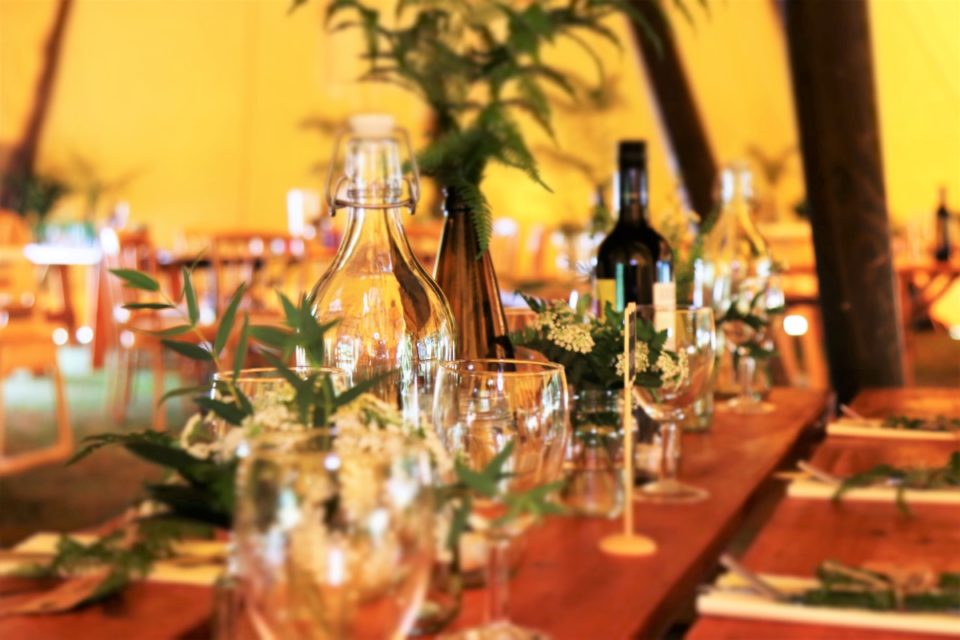
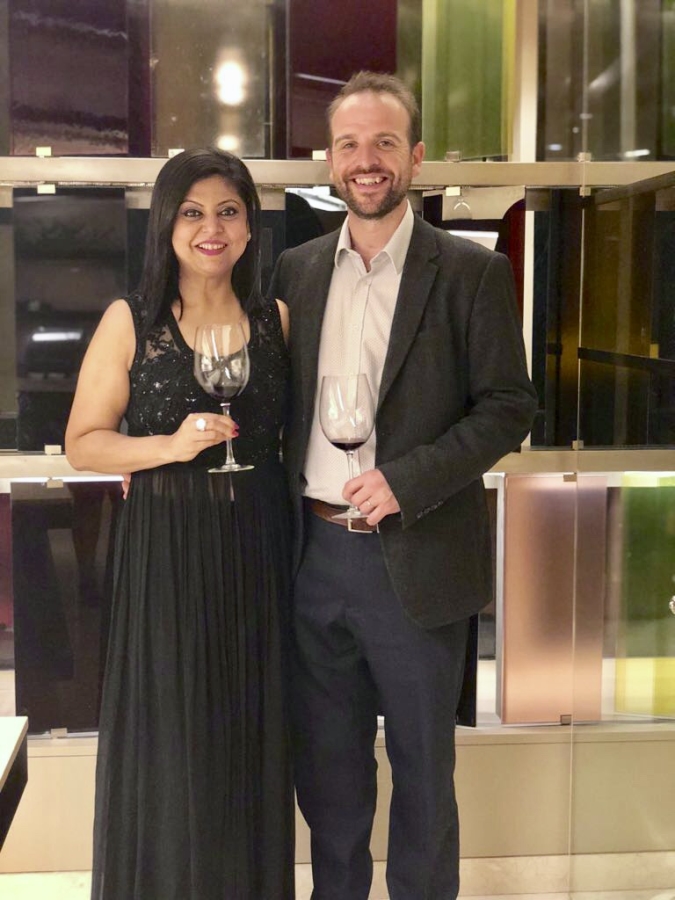
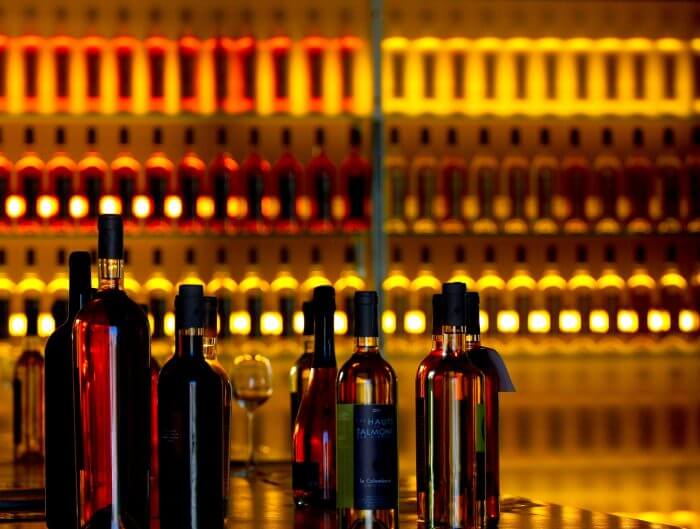
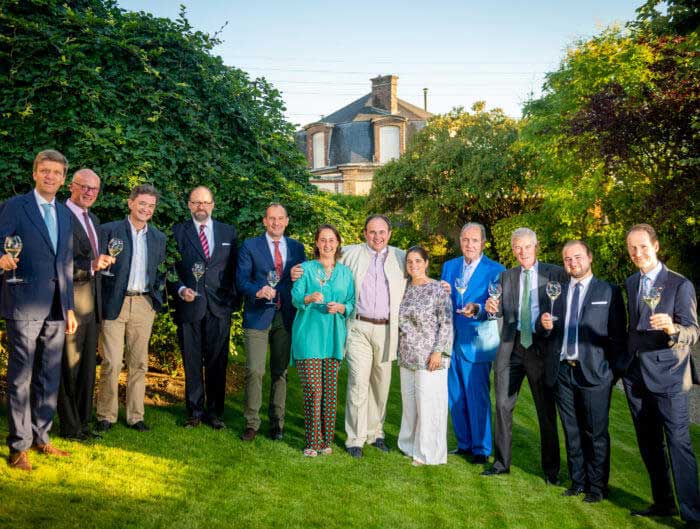
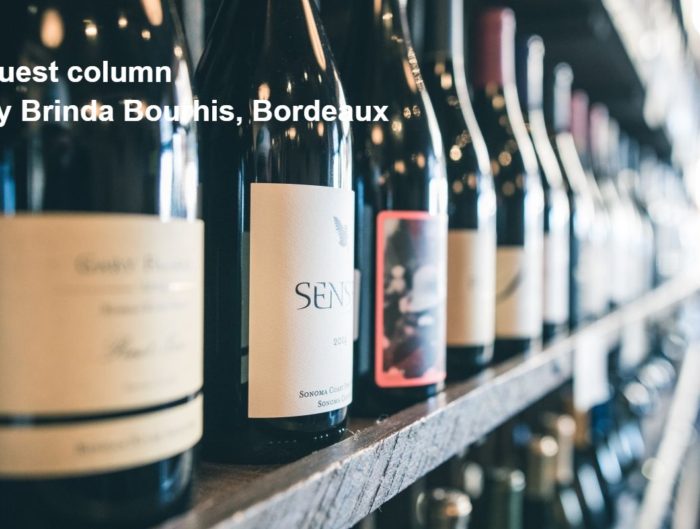
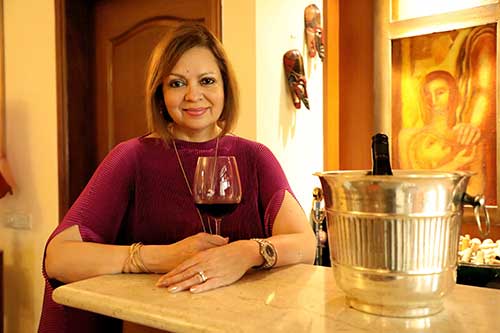




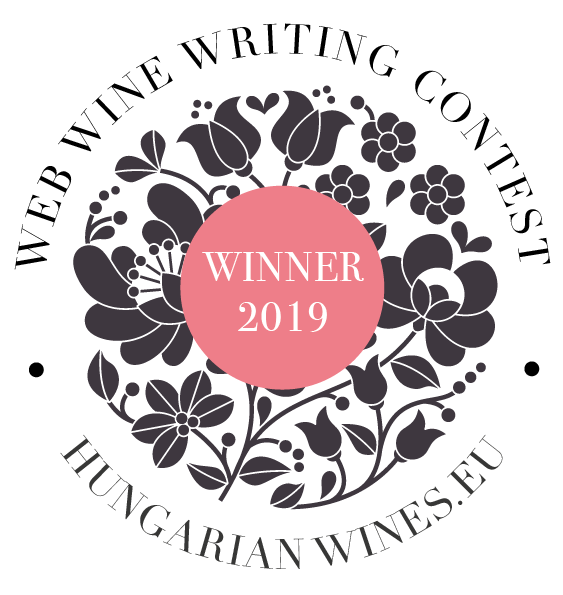


Leave A Reply